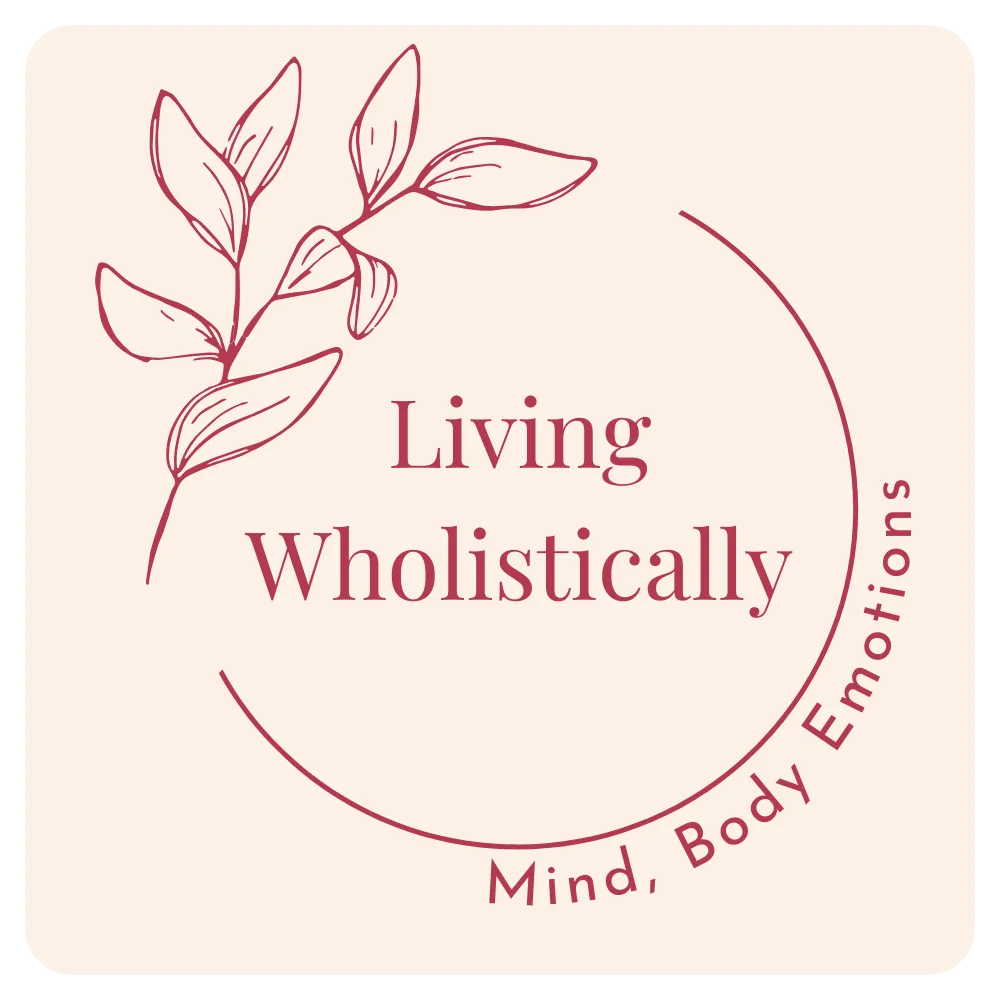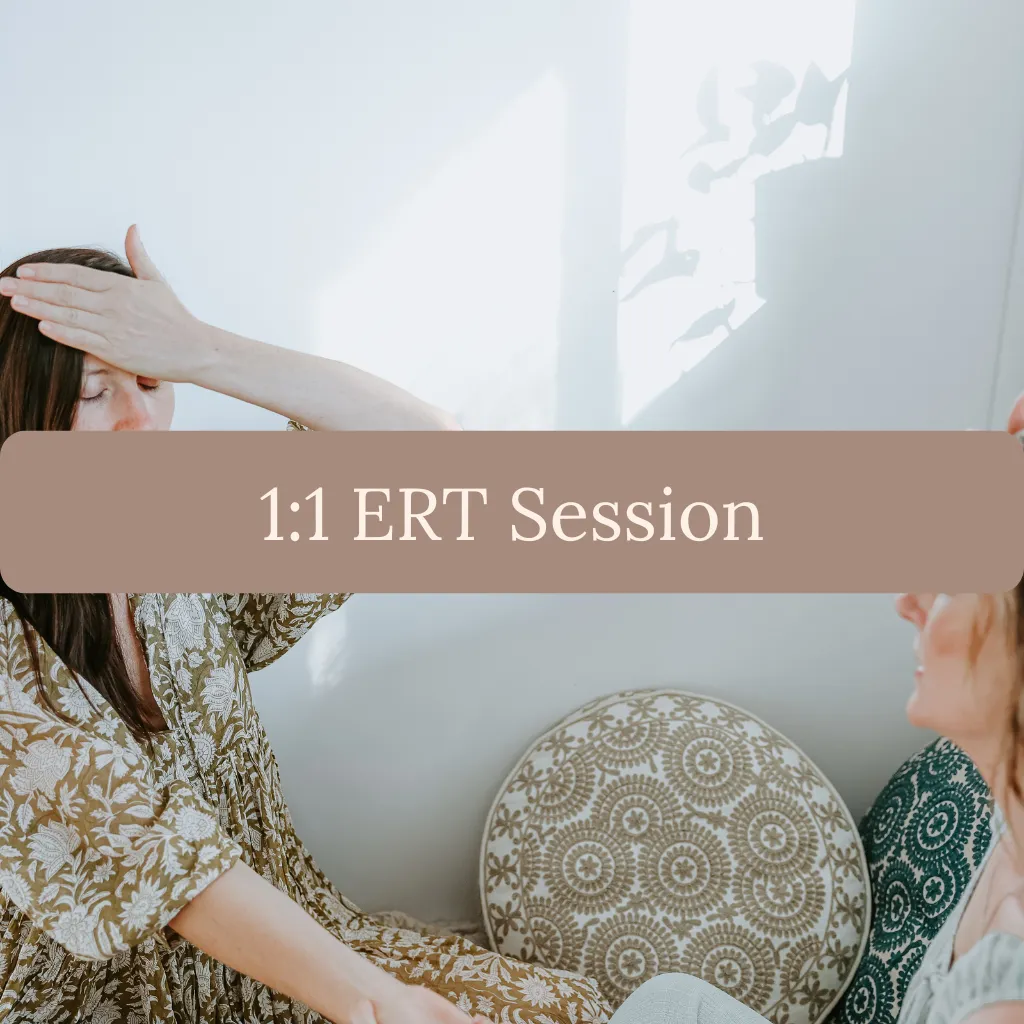Understanding Your Nervous System’s Safety Set Point: Why Your Body Resists Change (Even When You’re Ready)
Originally published: 8 November 2023. Last updated: 7 June 2025.
You’re committed to change. Maybe you've been working on your health, doing the inner work, eating well, and trying to move your body more often. But there’s a quiet pattern that keeps showing up—pulling you back into old habits, emotional spirals, or stuck routines.
You’re not lazy. You’re not self-sabotaging.
Your nervous system just hasn’t caught up with what you consciously want yet.
This is what I call your nervous system’s safety set point.
It’s the internal baseline your body has learned to return to—based on past experiences, beliefs, and especially unprocessed emotions. Even if that baseline isn’t actually healthy or aligned with the life you want, it can still feel safe to your nervous system. And safety, for your body, always wins.
How Your Nervous System Learns ‘Safety’
From the moment you're born, your nervous system is paying attention. It’s learning:
What gets me love?
What gets me hurt?
What makes me feel seen?
What keeps me safe?
Sometimes the patterns it learns are helpful—like “don’t touch fire.” Other times, they’re protective but limiting—like “it’s safer to be small and unnoticed” or “being busy means I’m worthy.”
These patterns are shaped by the emotional energy of your experiences. If the emotions aren’t fully processed at the time, they get stored in the nervous system. Over time, they become your baseline, your safety set point. And they affect far more than your thoughts—they affect your behaviours, your physical health, and your capacity for change.
How This Shows Up in Real Life
Let me tell you about Mel, a client who came to me exhausted and frustrated. She’d worked with multiple practitioners and had a brilliant protocol in place—supplements, wholefood diet, weekly movement, even time scheduled for rest. But she just couldn’t stick to it.
Every time she’d start feeling better, she’d get overwhelmed. She’d cancel her appointments, stay up late watching TV, or binge scroll on her phone. Her words?
“I want this so badly… but it’s like something inside me is fighting against it.”
That “something” was her nervous system’s safety set point—keeping her in the emotional patterns it knew best: chaos, burnout, and self-abandonment. Not because she was weak, but because her body was doing what it had learned to do to stay safe.
What Is a Safety Set Point, Really?
Your safety set point is the invisible limit your nervous system sets to keep you in familiar territory. It’s the place where your system says, “Ah yes, we know how to survive here.”
And here’s the kicker: it prioritises survival over thriving.
So even if you’re consciously trying to be healthier, calmer, more regulated, or more productive—your body might still interpret those things as unsafe. Especially if you’ve ever associated them with pain, trauma, vulnerability, or rejection.
Some examples of this in action:
A woman who gained weight after unwanted attention in adolescence and now subconsciously resists weight loss efforts.
A mother who can't bring herself to rest because her nervous system equates stillness with danger or being told off as a child.
A high-achieving woman who burns herself out over and over because "overfunctioning" feels like the only way to be enough.
This is not a mindset issue. It’s an emotional and nervous system regulation issue.
Why Stuck Emotions Keep You in Loops
Unprocessed emotions like grief, guilt, fear, shame, and anger don’t just disappear. They settle into your body and form energetic patterns that shape your reactions. If a particular experience (like being told you were “too much” as a child) left an emotional imprint, your nervous system might now avoid any situation that risks visibility or vulnerability—even if that’s what you consciously want.
And these patterns don’t only cause behavioural blocks. They’re also at the root of physical and mental health issues, including:
Chronic fatigue
Anxiety or depression
Sleep disturbances
Hormonal imbalances
Digestive issues
Pain flare-ups under stress
This Is Where Emotion Release Technique (ERT) Comes In
Emotion Release Technique is designed to gently identify and clear the exact emotions that have been stored in your nervous system, keeping these patterns alive.
Unlike talk therapy or mindset coaching, ERT works at the subconscious level. It uses muscle testing and meridian points (based on Chinese Medicine and EFT) to uncover the root emotional patterns—often going right back to childhood—and clear them without having to relive or even talk about the story.
With ERT, we:
Find the stuck emotion connected to a particular belief or behaviour
Clear it from the nervous system using physical points and positive statements
Reset the emotional pattern so your body feels safe to choose something new
Over time, this resets your entire safety set point.
Weight Loss: A Common Example
Let’s circle back to a real-world example: weight loss.
So many women blame themselves for not sticking to a diet or not losing weight. But what if your nervous system actually wants to keep the weight on because it once made you feel safer?
Often it's from being receiving unwanted attention—your system remembers. And it chooses safety, not aesthetics. Unless that stored emotional memory is cleared, no meal plan in the world will feel sustainable.
Once we clear the emotional drivers (shame, fear, unworthiness), your body feels safe to let go—of the weight, the patterns, and the constant fight.
My Personal ERT Wins
I've used ERT for everything from releasing emotional blocks around money to dissolving resentment in motherhood. I’ve cleared tooth pain, business blocks, and the endless guilt that crept in after a messy day with the kids.
Every session reveals something new and unexpected. Not because I’m broken—but because I’m human. Just like you.
You Deserve a Life That Feels Safe to Enjoy
Resetting your nervous system’s safety set point is not about fixing you—it’s about returning you to yourself.
This is why I offer Emotion Release Technique as my primary 1:1 modality. There’s no homework unless you want it. No need to implement a complicated protocol. The transformation happens in session, in your body, with no pressure to perform.
And for those who want to build a new baseline of health through long-term lifestyle changes, I teach naturopathic and seasonal living inside my year-long program, Nourishment Gateway. But ERT is where we often start—especially when change feels hard.
Ready to shift your safety set point?
Join my weekly group ERT membership and experience how powerful it is to clear emotional blocks in a community of women walking a similar path. You’ll feel lighter, calmer, and more aligned—without needing to add another thing to your to-do list.




